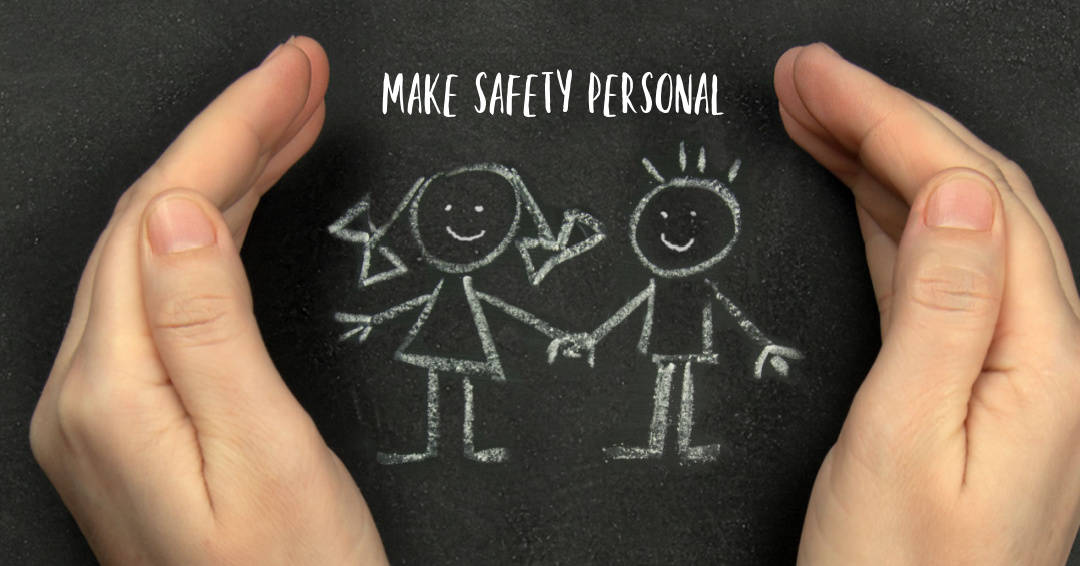
There was an incident that occurred over the weekend that really got me thinking. When it comes to risk, I prefer to view it through daily activities and behaviors, not as something that is separate from or removed from our actions.
What I mean is that risk is something that we deal with minute-by-minute during the day. Sure, in the workplace we have specific moments when risk is obvious such as climbing a ladder or hopping down into an excavation, but the reality is that risk is present in everything that we do during the day.
I think that as safety professionals, we focus so much on the risk that is associated with significant hazards that we tend to lose sight of the day-to-day stuff. To me, this can result in overlooking the little things that lead to accidents. I also feel that it distracts us from the hard work that we must put in to drive the safety culture and approach safe work habits from a psychological perspective.
Why does this matter? First off, let’s look at an analogy. As parents, we can be there to watch over our kids, catch them when they fall, etc., but what happens when we are not there? We must teach them about hazards over time and hope that they learn and stay out of trouble since we cannot always be there to protect them. To me, our workforce is not any different. It is our job to educate and influence them to predict risk and prepare for it. This will ensure safe behaviors and prevent incidents and accidents.
I think that the key is that we help our workforce by creating awareness, giving them the tools to plan their work to identify risks and eliminate hazards, and continually challenging them to stay sharp and focused. To do this, we, as humans, must make it a habit, and that means taking it home with us as well.
The phrase, “make safety personal” has been coined by many. I think that this demonstrates the level of connectivity that leads to safety becoming a value and safe work a habit. Also, training for it in the workplace, will carry over to home life and inevitably result in fewer accidents there as well.

 EMPLOYEE LOGIN
EMPLOYEE LOGIN



